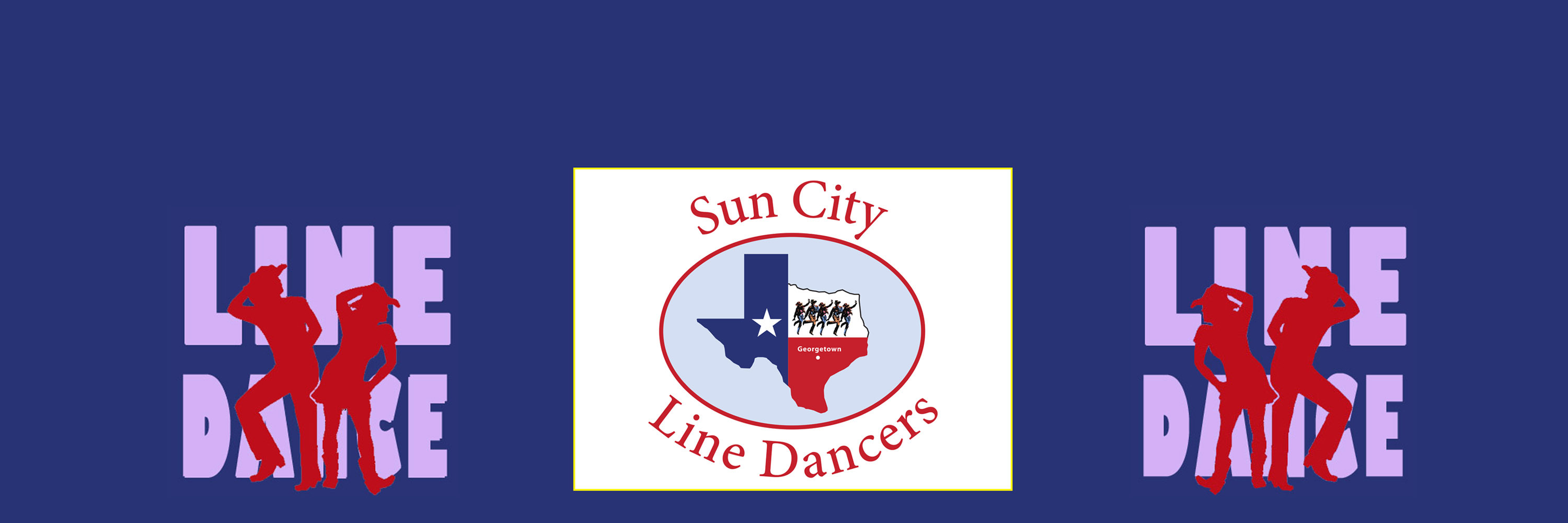Transition Class Information
Moving from Beginners to Transitions
How do you know when?
Moving up from Beginners is not hard, but it does take a higher commitment than just attending Wednesday sessions sporadically. Either attending Sunday sessions, studying step sheets and / or practicing on your own are all viable options that will help you make the transition smoothly.
The goal of the Transitions class is to learn and dance more interesting dances than available in the Beginner class. It can be, if you choose, a bridge between Beginners and the Intermediate class for even more advanced dances. It is not the responsibility of the instructor to decide when someone is ready or not to move up to either class.
No dances from the previous year will be retaught. They will be reviewed before dancing. It is the consensus of the class that it is OK for everyone to not know all the dances, and that dances can be learned from the time the member enters the Transitions class. If members want to learn the previous years dances they can do so via videos, step sheets or getting help from another member.
When learning brand new dances: It is the memberís responsibility to come to class whenever possible, but if they miss class it is their responsibility to catch up with the others in learning new dances.
It is NOT the responsibility of the instructor to make sure everyone learns all the dances.
Knowing the basic Beginner steps is a must; and not just knowing them, but being able to dance them with variations is very important. All of the following steps will be taught throughout the year in the Beginners class.
Steps and variations are as follows: variations may include multiple steps with turns, hitches, crosses, etc.
shuffles - coaster steps - vines - weaves - cross rock / recover - rock / recover - jazz boxes - lock steps - box / rhumba box - charleston - heel splits - rocking chair - hitch / hook - 1/2 / 1/4 / full turns - scissors - struts - waltz twinkles - waltz star turn - basic waltz step .
